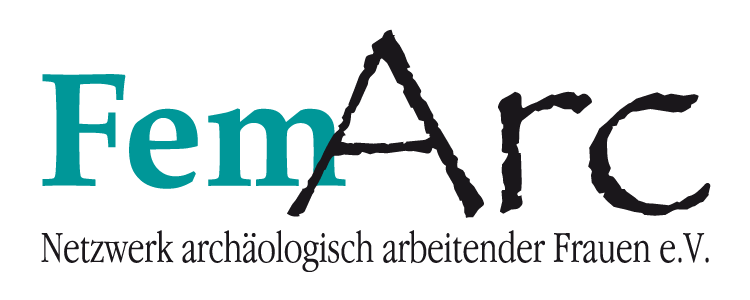Wie wir wurden, was wir sind – kleine Beitragsreihe zur Geschichte des Netzwerkes und der Geschlechterarchäologie, Teil II:
Pioneers on feminism, gender and equality issues in Scandinavian archaeology
Autorin: Tove Hjørungdal, Datum: 21.02.2021
This is a brief overview of early works on feminism and gender in Scandinavian archaeology, initiated in the middle 1970s. However, it is necessary first to take a brief look back as Sweden has something like a tradition from the 19thcentury. This is that archaeologists Oscar Montelius and Hans Hildebrand in the late 1800s, and later on Hannah Rydh, were active in the suffragist movement as well as they wrote on women in prehistory. While Norway introduced women’s right to vote already in 1913, Sweden followed in 1921, two years after Rydh as the first woman, defended her PhD in archaeology. Since, there have been a relatively high number of women in Scandinavian archaeology.
Despite the renowned founders and professional female archaeologists, there was a gap until the 1970s, with the New Feminist movement, or The Second Wave. The first works were popular articles, one by Norwegian Jenny Rita Næss (1974) on Viking age women, and one by Swedish Berta Stjernquist (1975) on women’s social position in prehistory. In the years to follow, a few analytical works appeared, on a very rare occasion, even one article on Danish conditions. Followers were few until Elisabeth Arwill Nordbladh in Gothenburg picked up the thread and started to publish in the 1980s.
We have to look to Norwegian colleagues born in the 1930s and 1940s to find the actual establishment of feminism-informed analyses and of suggestions for new approaches. Thus, in the middle of the 1970s, a group of female colleagues from museums, universities and other institutions gathered and arranged a workshop on women in prehistory. Soon after, there was a broader workshop Were they all Men? With female as well as male colleagues and authors (Published about 12 years later, namely in 1987).
Fresh motivation incited on many when Conkey & Spector published their groundbreaking paper Archaeology and the study of gender in 1984. The journal KAN (Women in Archaeology in Norway), was established in 1985 and existed for 20 years. With the years, it has been more common to get gender informed papers published in general journals and in mixed anthologies building e g on conference papers/sessions.
Teaching gender-informed archaeology was carried out from the end of the 1980s in Scandinavia, and during the 1990s gender perspectives were established in Swedish and Norwegian universities; however less, if not at all in Denmark and hardly at that time in Finland and Iceland. Theses on advanced level (Magister artium) came in Norway already in the 1970s, and the first PhDs came in Sweden in 1991 and in 1998.
Heritage was a topic for gender informed evaluation in Sweden as well as in Norway, printed in the journal KAN and in a journal published by the Swedish Antiquity Board.
Feminist criticism developed during the 1970s and 1980s, as well as did explanations on ideas and concepts in scientific models and constructions. Theory-conscious colleagues like Ericka Engelstad, Liv Helga Dommasnes, and Elisabeth Arwill Nordbladh disclosed how archaeology was an active part in a common scientific, cultural and political universe, a tradition that declared women as secondary. A number of case studies came, connecting to feminist theories and placing prehistoric women as active agents in production, trade, and official responsibilities. The few pioneering Scandinavian works within queer perspectives, were published in the 1990s, but followers are scarce. An overview written by Ing Marie Back Danielsson & Benjamin Alberti shows that queer perspectives as well as intersectional approaches are under-explored in archaeology at all.
Pioneer works in English from Scandinavia on gender, feminism, queer perspectives
Bertelsen, Reidar et al. (eds.) 1987: Were they all Men? An Examination of Sex-Roles in Prehistoric Society. AmS Varia 17. Stavanger Museum.
Dommasnes, Liv Helga 1982. Late Iron Age in Western Norway. Female Roles and Ranks as deduced from an Analysis of Burial Customs. Norwegian Archaeological Review. Vol, 15/1.
Solli, Brit 1999. Odin the queer? On ergi and shamanism in Norse mythology. In Gustafsson, A, & Karlsson, H. eds. 1999. Glyfer och arkologiska rum. En vänbok till Jarl Nordbladh. Göteborg.
Tove Hjørungdal, Gothenburg University, Sweden

Kontakt
c/o Museum Herxheim
Untere Hauptstraße 153
76863 Herxheim
E‑Mail: redaktion@femarc.de
Web: www.femarc.de
Bankverbindung
FemArc e.V., Sparkasse Hannover
IBAN: DE36 2505 0180 0910 2955 65
BIC: SPKHDE2HXXX
Spenden in jeder Höhe sind wichtig für unsere Arbeit und willkommen. Gerne stellen wir eine Spendenbescheinigung aus.
